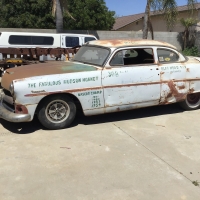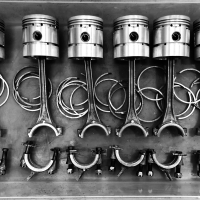Moving from a Tredle Vac to a Modern power brake setup
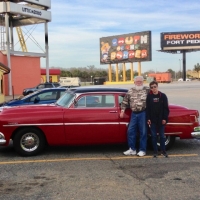
50C8DAN
Senior Contributor
I had started this upgrade some time back but the results that I had initially were not what I had hoped. During this exercise I learned a lot of things about brake systems. My '54's Treadle Vac was supposedly rebuilt by the previous owner but it never worked well. The pedal was super hard and the stopping distance was awful. I also did a disk brake update, but that didn't help. My '50C8 had much better braking. My first attempt was to replace the booster with a modern-style unit.. Unfortunately, the results were not much better. A conversation with an engineer at Wilwood led me to believe that the 1" sized piston was not providing sufficient pressure and a smaller 7/8" would help. I modified a Wilwood MC for a powder booster I posted photos back in May 2021 https://openforum.hetclub.org/discussion/366429/brake-mods-and-gas-line-cleanup#latest however, I was still not happy with the pedal or stoping distance.
What I have found out is that the problem is that trying to match a Treadle-Vac pedal assembly with a modern power boster and master cylinder does not work very well. This apparently is well known by the shoebox chevy guys as they also used Teadle-vacs and many have experienced the same issue. The reason is that the pedal ratio of a Treadle-Vac is about 1:1.5, while modern power brakes are about 1:3 or 1:4. Treadle-Vacs use a small but high vacuum, requiring much less foot pressure and modern systems use much larger cylinders, but much lower vacuum, requirng much more mechanical advantage on the pedal.
To remedy the situation I have adapted a Wilwood manual brake pedal to the Hudson power brake flange, replacing the Rube Goldberg pedal arrangement used for the Treadle-Vac.
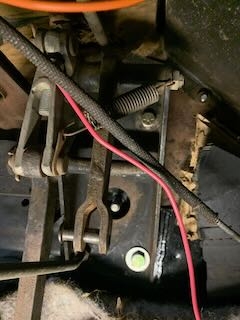 Treadle Vac Pedal mechanism will not work with modern power booster.
Treadle Vac Pedal mechanism will not work with modern power booster.
 Need to modify the push rod yoke for the booster rod
Need to modify the push rod yoke for the booster rod
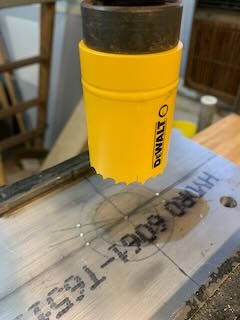
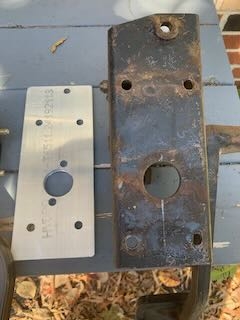 New adpater plate that matches the Treadle Vac flange
New adpater plate that matches the Treadle Vac flange
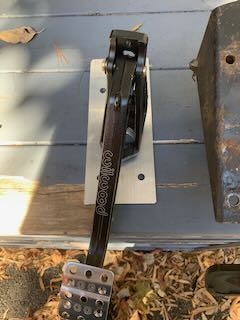 Needed to rotate the braket about 5 to 10 degrees to align with the old foot pedal location.
Needed to rotate the braket about 5 to 10 degrees to align with the old foot pedal location.


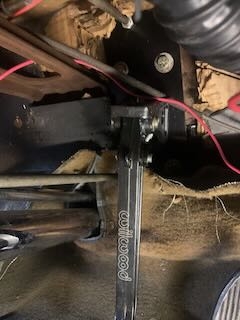
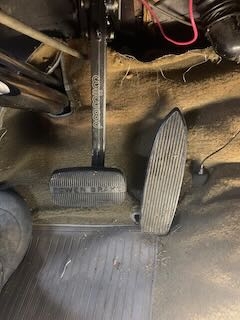 Mounted on firewal where the old pedal assembly was located. I used a pedal flange and cover from a '55 -' 57 Chevy brake kit.
Mounted on firewal where the old pedal assembly was located. I used a pedal flange and cover from a '55 -' 57 Chevy brake kit.
I also went to a 1 1/8" cylinder MC.
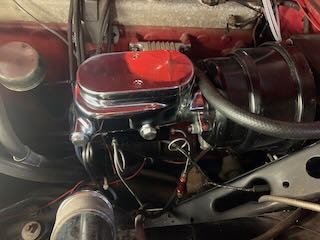
What I have found out is that the problem is that trying to match a Treadle-Vac pedal assembly with a modern power boster and master cylinder does not work very well. This apparently is well known by the shoebox chevy guys as they also used Teadle-vacs and many have experienced the same issue. The reason is that the pedal ratio of a Treadle-Vac is about 1:1.5, while modern power brakes are about 1:3 or 1:4. Treadle-Vacs use a small but high vacuum, requiring much less foot pressure and modern systems use much larger cylinders, but much lower vacuum, requirng much more mechanical advantage on the pedal.
To remedy the situation I have adapted a Wilwood manual brake pedal to the Hudson power brake flange, replacing the Rube Goldberg pedal arrangement used for the Treadle-Vac.
 Treadle Vac Pedal mechanism will not work with modern power booster.
Treadle Vac Pedal mechanism will not work with modern power booster. Need to modify the push rod yoke for the booster rod
Need to modify the push rod yoke for the booster rod
 New adpater plate that matches the Treadle Vac flange
New adpater plate that matches the Treadle Vac flange  Needed to rotate the braket about 5 to 10 degrees to align with the old foot pedal location.
Needed to rotate the braket about 5 to 10 degrees to align with the old foot pedal location.


 Mounted on firewal where the old pedal assembly was located. I used a pedal flange and cover from a '55 -' 57 Chevy brake kit.
Mounted on firewal where the old pedal assembly was located. I used a pedal flange and cover from a '55 -' 57 Chevy brake kit.I also went to a 1 1/8" cylinder MC.

0
Comments
-
Thanks for the information, Dan!0
-
I ran into the same issue several months ago when I replaced an old scary Thredle Vac with a brand new '57 Chevrolet power brake assembly. At first the car wouldn't stop at all. It seemed the new unit was flawed since no matter how hard I pushed on the pedal the input rod did not budge. I read up on the importance of pedal ratios, fabricated a new pedal linkage that increased the pedal ratio to 10:1, and resolved the problem. Now I barely touch the brake pedal and the brake shoes expand.
0 -
The Wilwood pedal is 6:1 and that is plenty. Most modern brake pedals are 3 or 4:1 from what I have read. The Wilwood is supposed to be for manual brakes.0
-
You are probably correct 6:1 being enough but the body contortions and gymnastics required to access the area influenced my "only once!" design. A toe stops the car now. Considering patenting the Toe Vac.
 0
0 -
I am also using a Wilwood pedal on my 54. Non power brakes. 10:1 ratio. Two master cylinders.0
-
Here are the pedals from Wilwood. I am using the0
-
I'm using the 340-15677 pedal, and the Willwood GS Compact Master cylinders with integral reservoir. One cylinder for front, and one for rear brakes, wit appropriate bore sizes for the calipers I'm using.0
-
As Dan knows, I’ve gotta do something similar or have the Treadlevac rebuilt.0
-
My reading on the Treadlevacs led me away from it for safety reasons. I don’t remember the technical particulars but many folks opined the design is susceptible to sudden failure. The ‘57 Chevrolet vacuum assist was superior at a similar price point. It bolted right onto the original Hudson bracket for the Treadlevac.
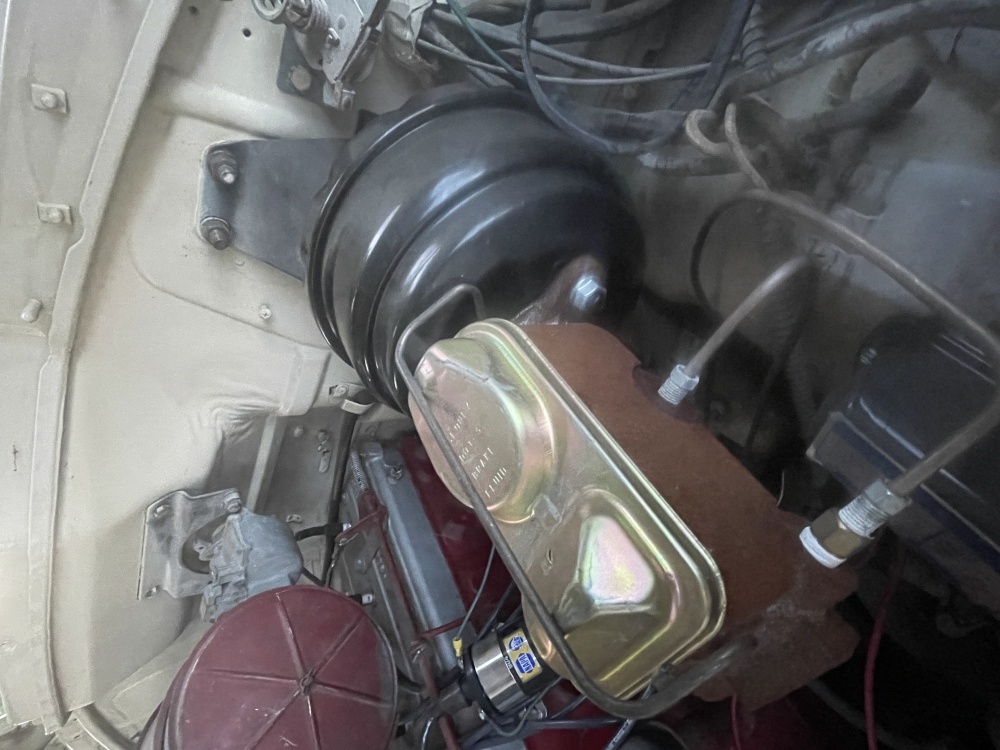
 0
0
Categories
- 36.9K All Categories
- 113 Hudson 1916 - 1929
- 20 Upcoming Events
- 92 Essex Super 6
- 28.6K HUDSON
- 574 "How To" - Skills, mechanical and other wise
- 995 Street Rods
- 151 American Motors
- 178 The Flathead Forum
- 49 Manuals, etc,.
- 78 Hudson 8
- 44 FORUM - Instructions and Tips on using the forum
- 2.8K CLASSIFIEDS
- 608 Vehicles
- 2.2K Parts & Pieces
- 77 Literature & Memorabilia
- Hudson 1916 - 1929 Yahoo Groups Archived Photos
